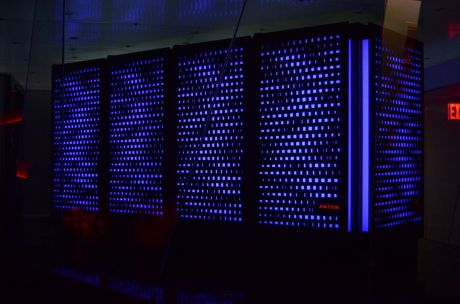Supercomputers are powerful research tools, but access to these high-performance machines is not open to everyone in the scientific community. An EU initiative provided hundreds of researchers with access to the latest state-of-the-art supercomputing facilities.
High-performance computing (HPC) is used to crunch mind-boggling amounts
of numbers to perform the complex calculations required in
data-intensive fields such as weather forecasting, climate research,
molecular modelling, quantum mechanics and astronomy. However, there are
plenty of applications for which the power of HPCs can be harnessed,
but the researchers involved lack the computational resources or
know-how.
The project
HPC-EUROPA2 (Pan-European research infrastructure on high performance computing for 21st century science) set out to level the playing field and enable a greater pool of European researchers to tap into the power of supercomputers.
Project partners provided transnational access to cutting-edge European HPC facilities. They aimed to extend HPC services, equivalent to 22 million central processing unit hours, training on various HPC topics through regular online tutorials and access to training resources, HPC consultancy and support for new and experienced users, and collaboration opportunities with over 1 000 European researchers from more than 200 research groups in 7 countries. Indicative of the significant scientific output are the 207 papers in peer-reviewed scientific journals and 47 articles in conference proceedings.
In all, 970 visits were organised, lasting up to three months (plus around 80 virtual visits), for researchers to some of Europe's leading supercomputing facilities. Researchers gained needed exposure to HPC, allowing them to acquire skills to further their work and potentially establish HPC facilities back in their home countries.
In addition, joint research activities contributed to the development of emerging HPC programming models. They also aimed to develop basic tools to improve the quality of information extracted from data.
By providing European researchers with on-site access to previously inaccessible state-of-the-art HPC facilities together with fully funded collaborative visits, HPC-EUROPA2 was able to achieve critical mass. Such unprecedented access to supercomputers bodes well for the advancement of society overall.

